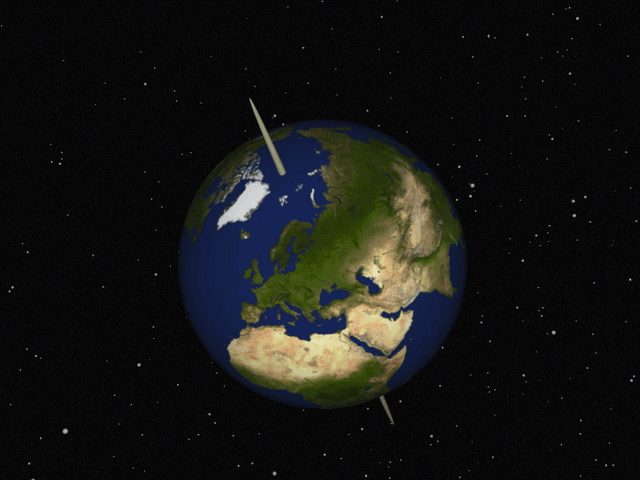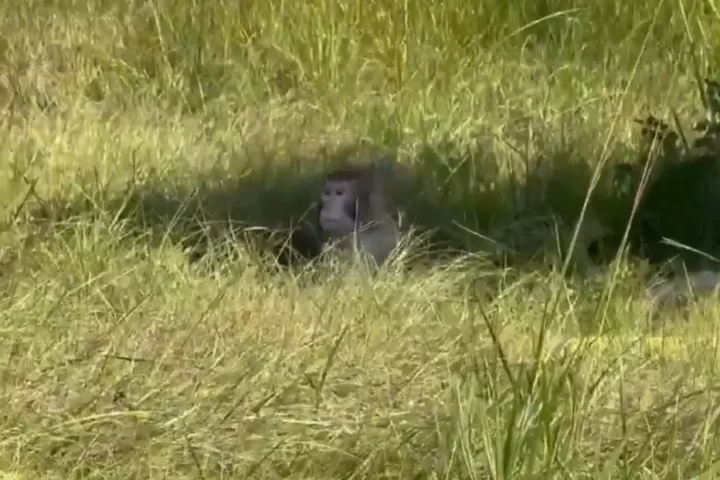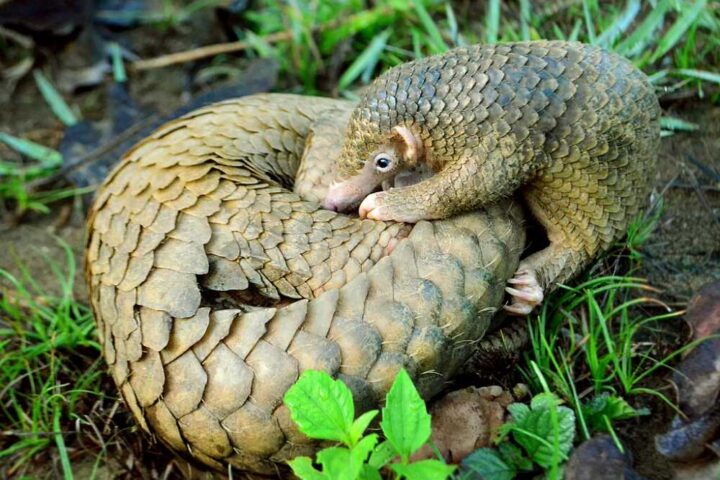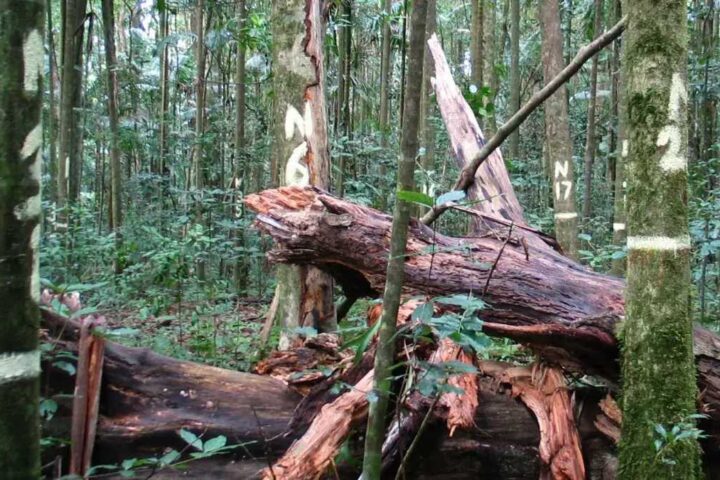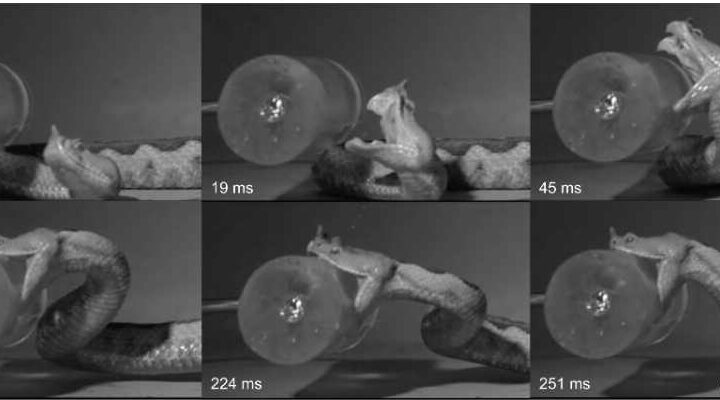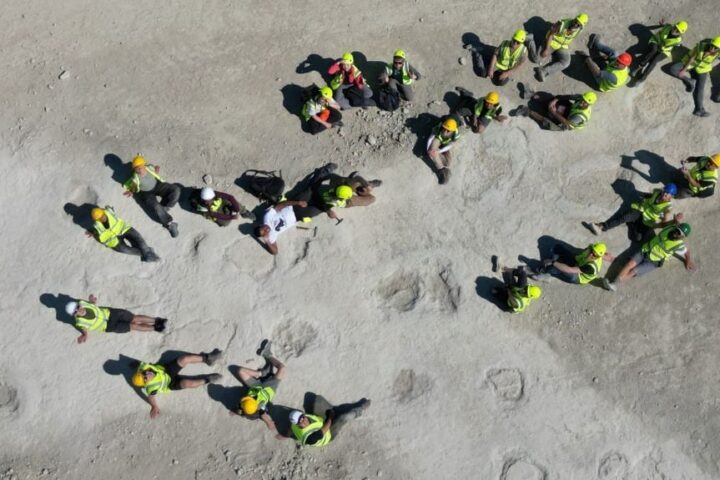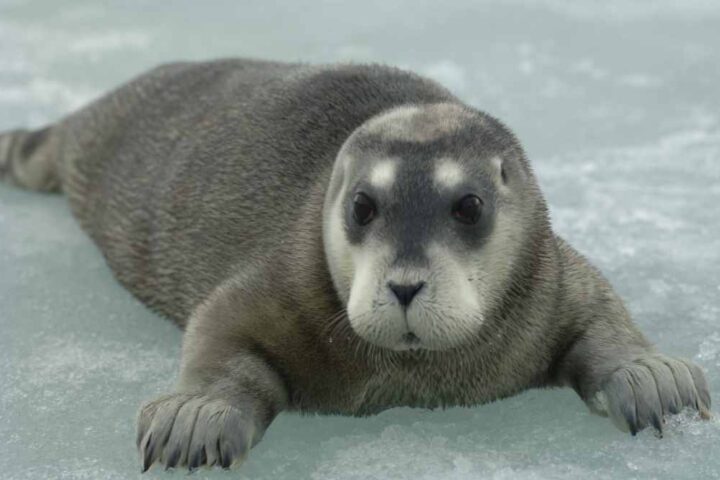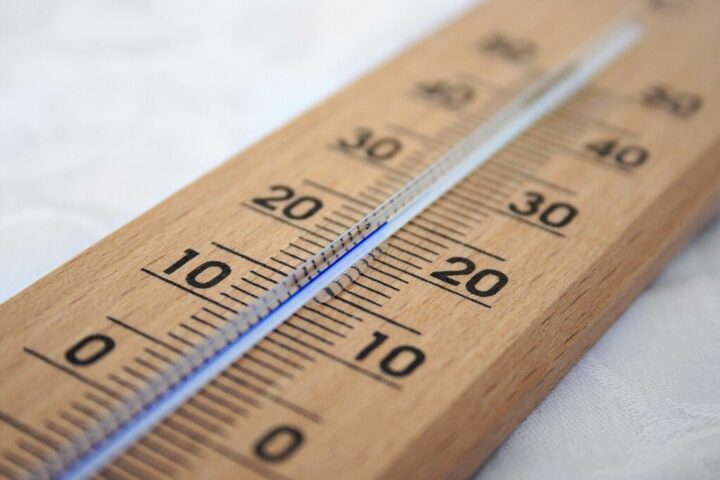Researchers, in a recent study published in the journal Geophysical Research Letters, suggest that human activity has contributed to a significant tilt in the Earth’s axis. The Earth’s tilt reportedly shifted by approximately 80 centimeters (31.5 inches) between 1993 and 2010, a phenomenon attributed to the extraction of 2,150 gigatons of groundwater from natural reservoirs in the planet’s crust. Let us consider the hypothetical scenario of pouring this vast quantity of water into the global ocean to comprehend the impact of such groundwater removal. The result on the ocean’s surface would be a mere 0.24 inches (6 millimeters). This study, however, sheds light on a different consequence of displacing this enormous volume of water: it has affected the axis around which the Earth spins. This conclusion was arrived at by the scientists through modeling the changes in the position of the Earth’s rotational Pole, which represents the point where the planet’s imaginary axis would protrude if it were a physical object.
The rotational Pole constantly shifts, unlike the geographical north and south poles, cutting through various locations on the Earth’s crust over time. Known as polar motion, this dynamic nature of the rotational pole is influenced by the Earth’s crust and the distribution of water on our planet, which affects the mass distribution in the crust. A spinning top is an analogy that helps illustrate this phenomenon. The redistribution of groundwater affects the Earth’s spin, just as adding a tiny weight alters the top’s rotation. It appears that the movement and changes in groundwater distribution have had the most significant impact on the pole’s drift, while the rotational Pole naturally experiences some variation. Concerns are raised by this finding about the future tilt of the Earth and its potential implications. The changes in groundwater distribution, moreover, could also be linked to rising global sea levels, a growing concern in recent years.
Similar Post
Slowing down the rate of groundwater depletion might potentially mitigate the extent of changes in the Earth’s tilt. This, however, would require sustained conservation efforts spanning several decades. Since 2016, scientists have recognized that the rotational Pole is influenced by climate-related processes, including the thawing of icebergs and the redistribution of water masses locked with them. However, the inclusion of pumped-out groundwater in their models provided a better match with observational data. The model fell short by 31 inches (78.5 centimeters) without accounting for the extracted groundwater. It is important to note that the validity of these findings and the study itself will require further scrutiny and validation by the scientific community, while this study presents intriguing insights into the potential influence of human activities on the Earth’s tilt. It is crucial to understanding the complexities of our planet’s systems and their interaction with human actions through robust and peer-reviewed research.
